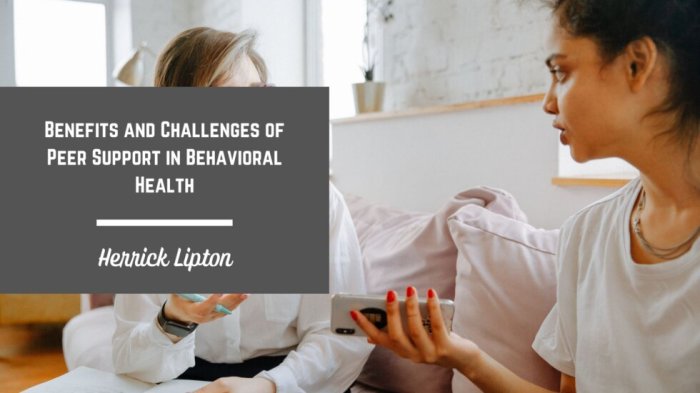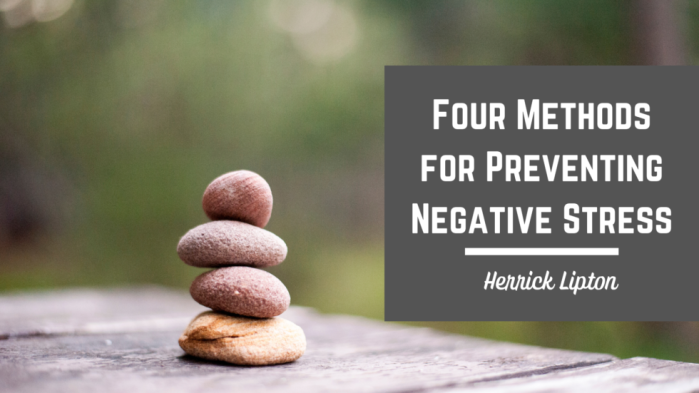In behavioral health, individuals facing mental health challenges can find solace and understanding in the compassionate guidance of their peers. Peer support, which entails individuals with similar experiences assisting each other on their recovery journeys, has emerged as a valuable resource in the mental health landscape.
Benefits of Peer Support in Behavioral Health:
- Empowerment and Validation: Peer support gives individuals a sense of empowerment as they connect with others who have navigated similar struggles. Engaging with peers who have overcome similar challenges can instill hope and inspire confidence in one’s ability to recover. Sharing experiences and receiving validation from others who understand their struggles can be profoundly validating, reducing feelings of isolation and fostering a sense of belonging.
- Shared Understanding and Relatability: Peers possess firsthand experience living with mental health conditions, allowing them to offer unique insights and a deep understanding. Unlike healthcare professionals who provide clinical expertise, peer supporters can empathize with those seeking support’s emotions, thoughts, and day-to-day experiences. This relatability forms a powerful foundation for building trust and meaningful connections, enabling individuals to discuss their concerns openly.
- Encouragement and Motivation: Peer support groups create a supportive environment where individuals can share their achievements, setbacks, and aspirations without fear of judgment. Peers can offer encouragement, motivating each other to set and achieve goals and fostering a sense of progress and purpose. Being part of a community celebrating even small victories can inspire individuals to persist in their recovery journey.
- Reduction of Stigma: Peer support is vital in combating mental health stigma. By openly discussing their experiences, peers challenge societal misconceptions and stereotypes. Witnessing others’ stories of recovery can inspire hope and provide evidence that mental health challenges do not define a person’s worth. Peer support encourages a compassionate and inclusive society where individuals are embraced for who they are beyond their mental health condition.
Challenges of Peer Support in Behavioral Health:
- Lack of Formal Training and Supervision: One of the critical challenges in peer support is the potential absence of formal training and supervision for peer supporters. While lived experience is valuable, it is essential to balance sharing personal insights and offering evidence-based guidance. Comprehensive training and ongoing management can ensure peer supporters have the necessary skills to provide adequate support while maintaining boundaries.
- Emotional Toll and Self-Care: Peer support roles can be emotionally demanding, as individuals often encounter distressing and triggering situations. Peer supporters must prioritize their own mental well-being and practice self-care. Without adequate support mechanisms, there is a risk of burnout and compassion fatigue. Peer support programs must invest in self-care resources and provide opportunities for debriefing and emotional support for peer supporters.
- Limited Access and Resources: The availability of peer support programs may be limited in some geographical regions, leaving some individuals needing access to this valuable resource. Furthermore, lacking funding and resources for peer support initiatives can hamper their scalability and reach. It is essential to advocate for increased investment in peer support services and integrate them into mainstream mental health systems to ensure broader availability.
Peer support in behavioral health offers many benefits that complement traditional treatment approaches. Empowerment, shared understanding, and motivation are just a few advantages individuals can gain from participating in peer support programs. However, addressing the challenges associated with peer support is crucial, including the need for training, self-care, and improved accessibility. By harnessing the potential of peer support and addressing any obstacles.
The post Benefits and Challenges of Peer Support in Behavioral Health first appeared on Herrick Lipton New Horizon.
from Herrick Lipton New Horizon http://herrickliptonnewhorizon.com/benefits-and-challenges-of-peer-support-in-behavioral-health/
via IFTTT










